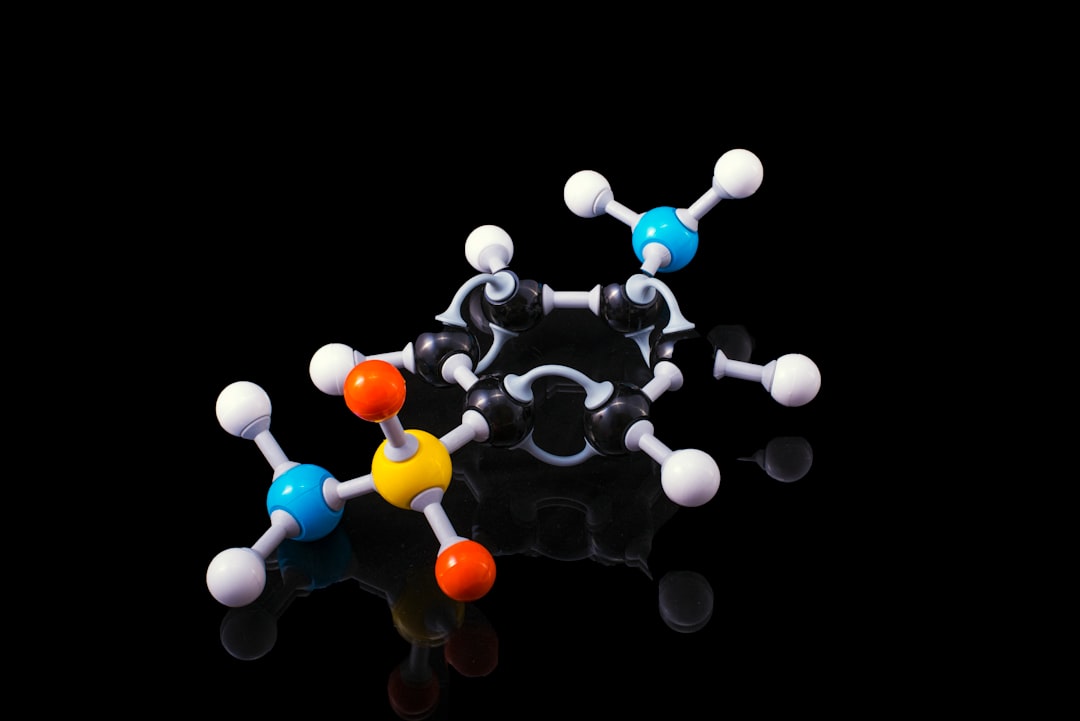What is it about?
I explored synthetically the potential of phthalaldehyde as a component in Schiff base condensation with 2-aminomethylpyridine. The library of ligands that can be delivered with these components is large and assemblies in presence of different metal ions can be surprising. This time a ring closure gave 1-iminoisoindoline pincer ligand and dichlorido complexes of cobalt(II) and copper(II). Different geometries of coordination, nanoporosity of 0D complex with cobalt(II) are the most interesting findings. Then I have used potassium salts of therephtalic and succinic acids and used the initial complexes to form mixed ligand dimers and polymers, in aqueous solution (!). A nice work from the synthetic point of view, nice structures. Dear co-authors thank you for cooperation and Darek, thank you for giving me a broad idea.
Featured Image
Why is it important?
The first chelates of 1-iminoisoindoline asymmetric pincer blocking ligand
Perspectives
After unsuccessful attempt to obtain vanadium complexes with Schiff base derived from phthalaldehyde and trishydroxymethylaminomethane, finally I have managed to obtain some interesting 1-iminoisoindoline complexes.
Piotr Zabierowski
Jagiellonian University
Read the Original
This page is a summary of: Cobalt(ii) and copper(ii) supramolecular networks with a 1-iminoisoindoline asymmetric pincer, RSC Advances, January 2015, Royal Society of Chemistry,
DOI: 10.1039/c5ra02063h.
You can read the full text:
Contributors
The following have contributed to this page










